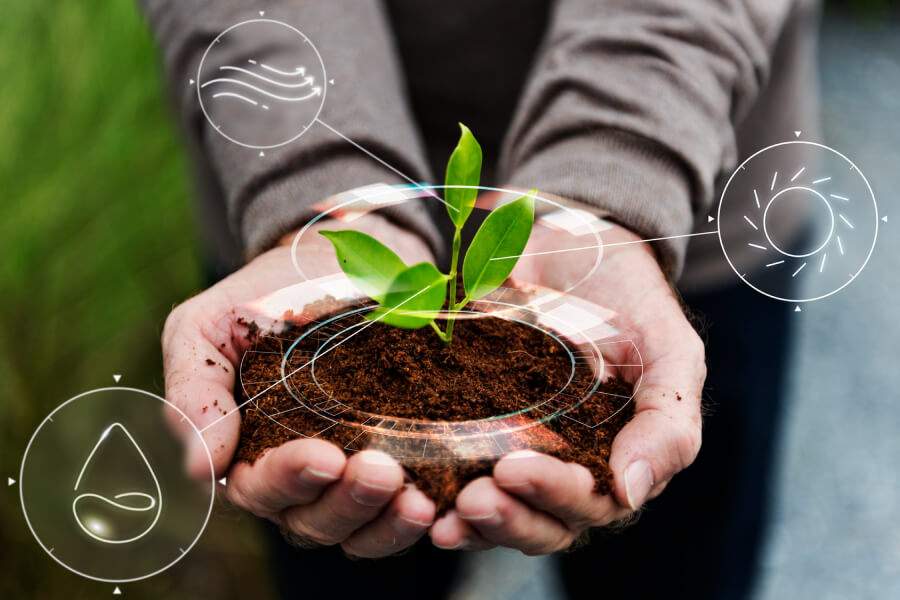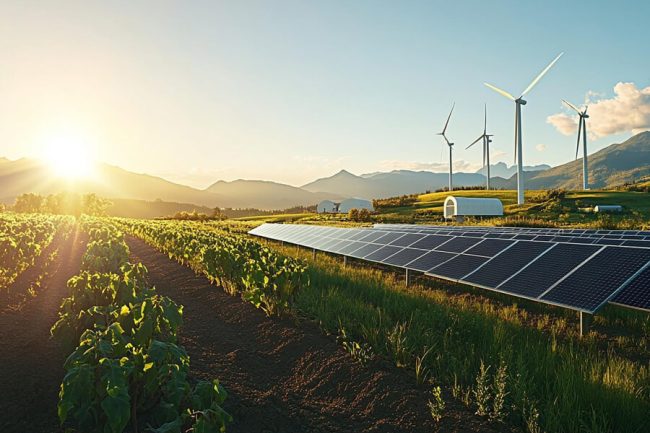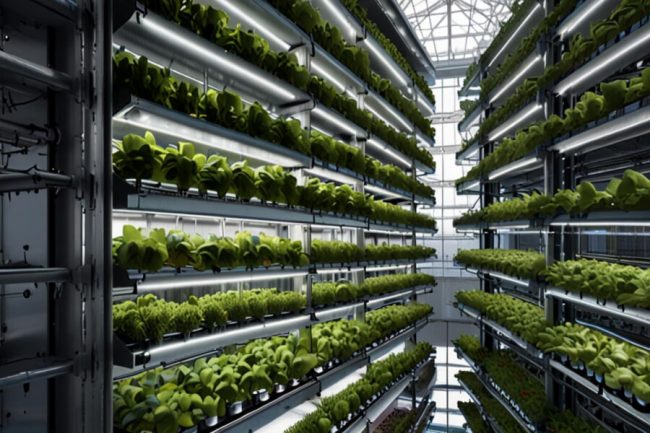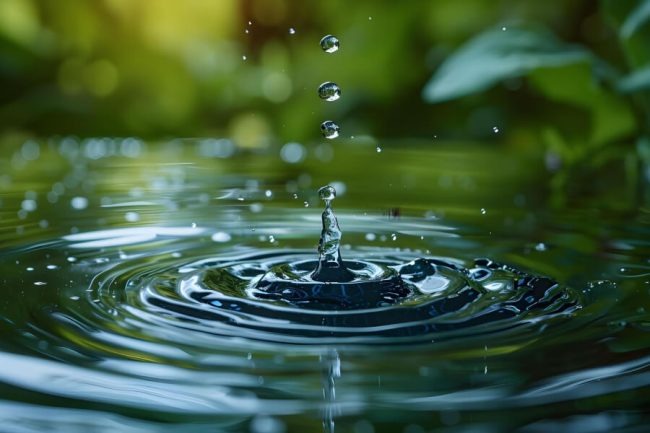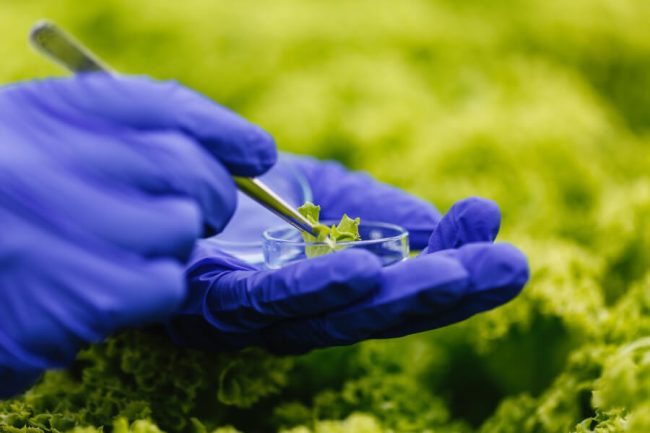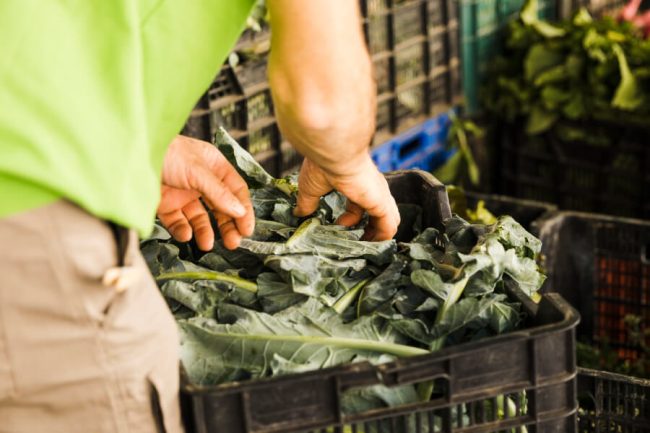Green technology is revolutionizing sustainable agriculture, offering innovative solutions that enhance productivity while minimizing environmental impact. This blog explores key technologies driving this transformation.
Why Green Technology for Agriculture?
Green technology, or clean technology, offers a sustainable solution to the challenges facing modern agriculture.
By minimizing our negative impact on the environment, we can ensure a healthy planet for future generations.
Green technologies in agriculture not only reduce environmental damage but also help to conserve precious resources and promote sustainable practices.
Some of these technologies may be familiar, while others might be new to you. Let’s explore some of the key green technologies that are revolutionizing the agricultural industry.
Renewable Energy in Farming
Renewable energy is a cornerstone of sustainable farming, helping reduce reliance on fossil fuels and lower greenhouse gas emissions.
Solar Power
Solar panels provide farms with a scalable energy solution. Small farms can power water pumps, while larger operations might generate enough electricity to meet all their needs and sell excess power back to the grid.
Wind Energy
Wind turbines harness consistent wind patterns, supplying electricity for essential farm operations. Selling surplus electricity back to the grid can also create an additional revenue stream.
Bioenergy
Organic waste like crop residues and manure can be converted into bioenergy through anaerobic digestion, providing a renewable energy source and a sustainable way to manage agricultural waste.
Precision Agriculture
Precision agriculture is optimizing resource use and improving crop yields, reducing the environmental footprint of farming.
IoT and Soil Sensors
Soil sensors collect real-time data on moisture, temperature, and nutrient levels, enabling precise application of water and fertilizers. This reduces waste and ensures optimal crop growth.
Drones
Drones equipped with cameras and sensors monitor crop conditions, identify pests, and assess plant health, providing insights that guide decisions on pest control, irrigation, and harvesting.
AI and Machine Learning
AI and ML analyze data to predict crop performance, weather patterns, and pest outbreaks, helping farmers determine the best planting and harvesting times to minimize crop failure risks.
Vertical Farming for Urban Areas
Vertical farming addresses the challenge of urbanization by enabling high-density crop production in small spaces.
Space Efficiency
Growing crops in stacked layers maximizes space use, allowing for more food production per square meter and reducing transportation needs by growing food closer to urban consumers.
Controlled Environment Agriculture (CEA)
CEA techniques in vertical farming optimize growing conditions—regulating temperature, humidity, and CO2 levels—resulting in faster growth rates, higher yields, and year-round production.
Water Conservation Technologies
Efficient water management is critical in agriculture, especially with increasing water scarcity.
Drip Irrigation
Drip irrigation delivers water directly to plant roots, reducing evaporation and runoff. It is highly effective in arid regions, ensuring each plant gets the exact amount of water needed.
Moisture Sensors
These sensors provide real-time data on soil moisture, allowing farmers to adjust irrigation schedules and reduce water waste, preserving resources amid climate change.
Biotechnology in Agriculture
Biotechnology is crucial in developing sustainable agricultural practices.
Genetically Modified Crops
GM crops are engineered for pest resistance and drought tolerance, reducing the need for chemical inputs and enhancing yield stability in challenging conditions.
Biological Pest Control
Using natural predators or pathogens to manage pests reduces reliance on chemical pesticides, preserving beneficial insects and soil health while maintaining ecological balance.
Digital Tools for Farming
Digital tools enhance efficiency and sustainability in modern farming.
Farm Management Software (FMS)
FMS centralizes farm operations, including crop planning, inventory, and finances. It helps reduce waste, improve profitability, and support sustainability certification.
Data Analytics
Data analytics predict crop yields, optimize resource use, and identify potential pest outbreaks, enabling proactive decision-making that boosts productivity and reduces risks.
Sustainable Livestock Farming
Innovations in livestock farming are reducing environmental impacts.
Health Monitoring
Wearable devices and sensors track livestock health in real-time, reducing the need for antibiotics and improving animal welfare.
Waste Management
Livestock waste can be converted into biogas for renewable energy or composted into soil amendments, reducing greenhouse gas emissions and enhancing soil health.
Smart Greenhouses
Smart greenhouses use advanced technology to optimize growing conditions and sustainability.
Climate Control Systems
These systems regulate temperature, humidity, and light, reducing chemical inputs and allowing for year-round production.
Automated Plant Monitoring
Automated systems track plant health and growth, allowing for precise adjustments and reducing labor requirements, making farming more efficient.
Recycling and Waste Management in Agribusiness
Recycling and waste management are vital for sustainable agriculture.
Organic Waste Recycling
Composting crop residues and food scraps reduces landfill waste, enhances soil health, and helps sequester carbon.
Water Recycling
Techniques like rainwater harvesting and greywater recycling reduce freshwater demand, essential in drought-prone regions.
Conclusion
While promising, green technologies face challenges like high implementation costs and the need for ongoing education and training. However, government incentives and responsible innovation can help overcome these barriers, ensuring a sustainable future for agriculture.
FAQs
What is Green Tech?
Green tech refers to technologies designed to reduce environmental impact and promote sustainability, such as renewable energy, energy-efficient appliances, and waste reduction innovations.
What technology has had the biggest impact on agriculture?
Precision agriculture, drones, GMOs, and automated machinery have significantly transformed agriculture by improving efficiency, yields, and resource management.
What Is the Main Purpose of Green Tech?
The main purpose of green tech is to reduce environmental impact, enhance sustainability, and promote efficient use of resources while minimizing pollution.
What is Sustainable in Agriculture?
Sustainable agriculture involves practices that maintain soil health, conserve water, support biodiversity, reduce chemical use, and ensure economic viability for the long term.

